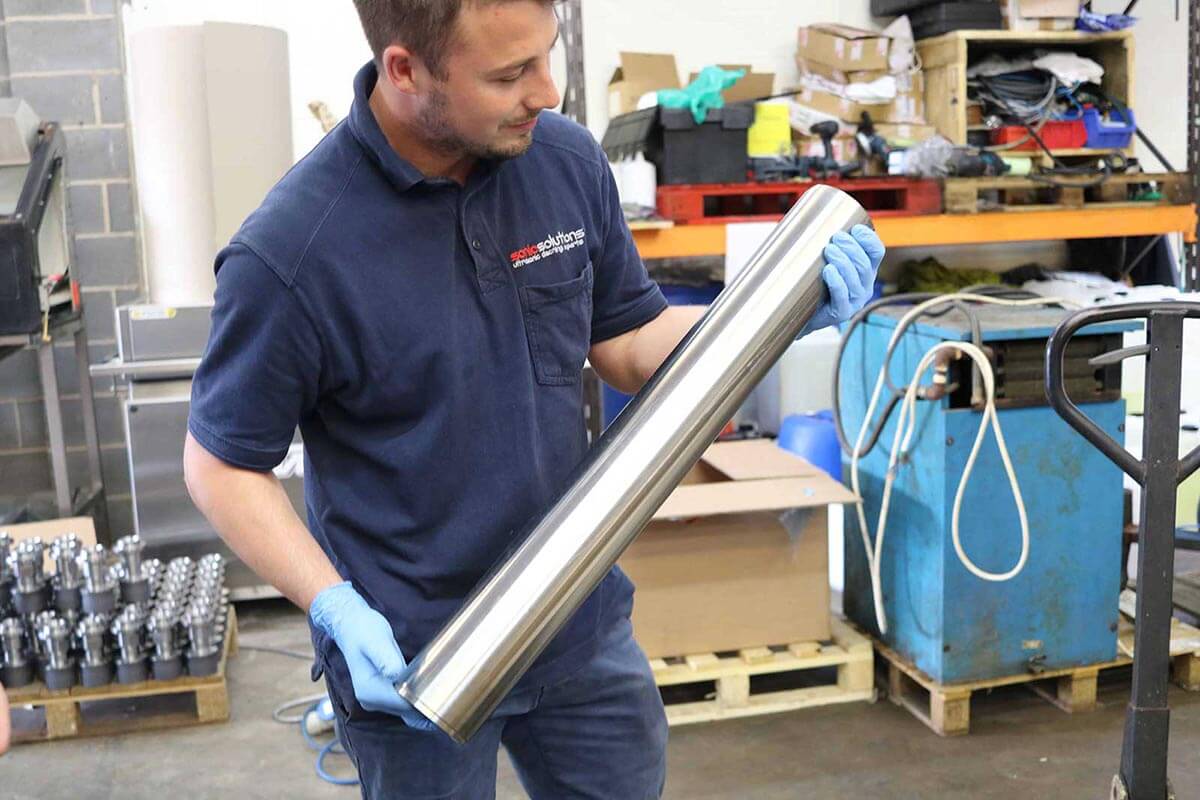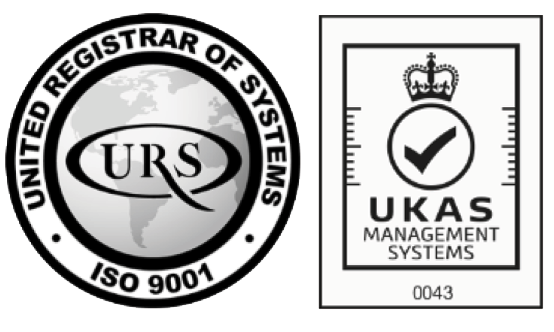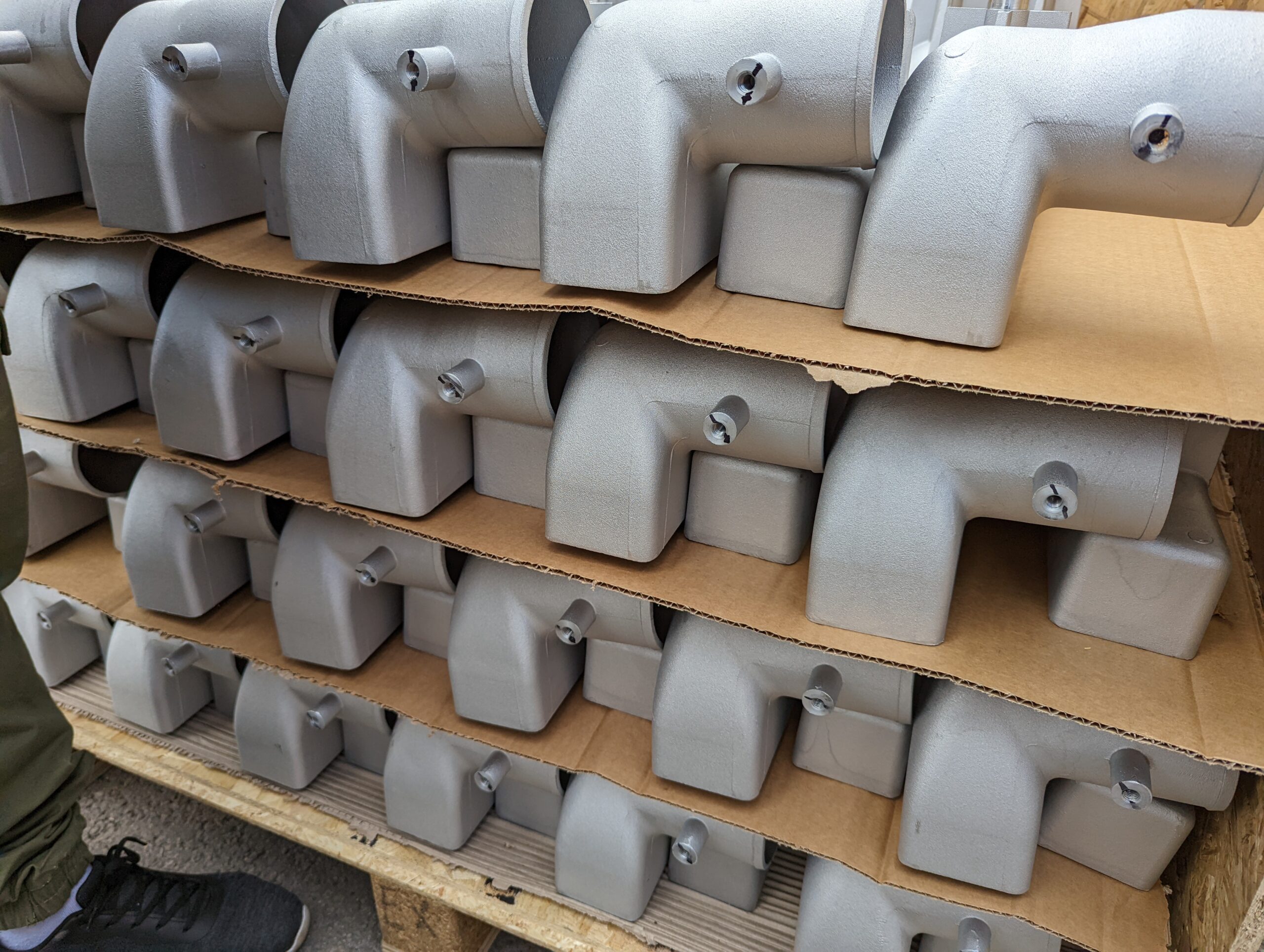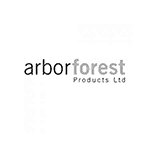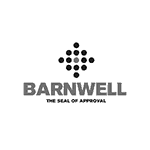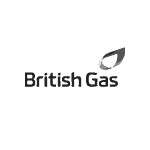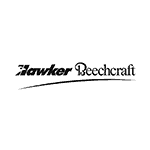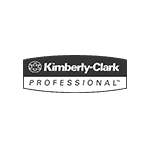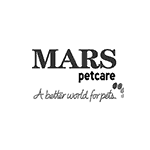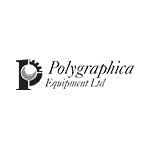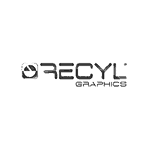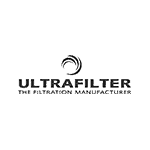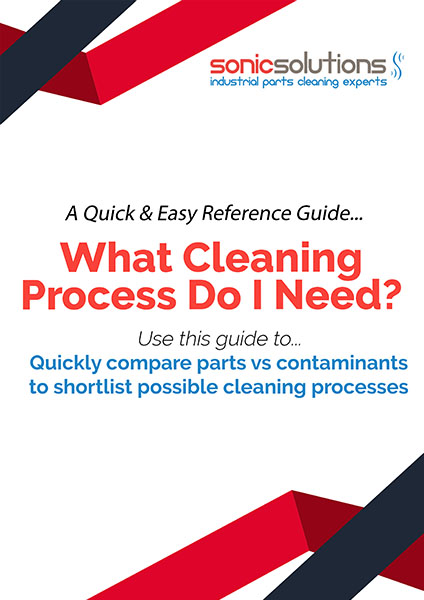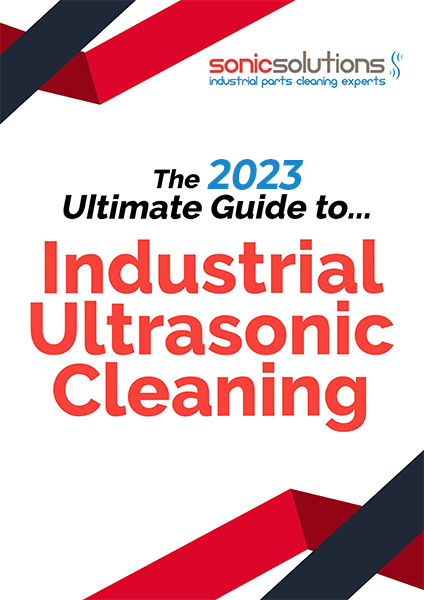Does Ultrasonic Cleaning Work With Plastics?
For friendly & knowledgable help contact us on:
01924 495 975 hello@sonicsolutionsltd.com Open Contact Form
Understanding Plastic Materials
Plastic materials are widely used in manufacturing and come in different forms, each with its unique properties. There are two types of plastics, thermoplastics and thermosetting plastics. Thermoplastics can be melted and re-molded multiple times without losing their properties. These plastics include polyethylene, polypropylene, and polystyrene. On the other hand, thermosetting plastics undergo a chemical reaction when heated, which causes them to become hard and inflexible. Examples of thermosetting plastics include epoxy resins and phenolic resins.
Does Ultrasonic Cleaning Work with Plastic Materials?
The effectiveness of ultrasonic cleaning on plastic materials depends on the type of plastic being cleaned. Plastic is not the most favourable material for ultrasonic cleaning. There will always be cleaning action taking place in the tank, but how effective it is depends on the density of the plastic. Ultrasonic cleaning works better on harder plastics like polyether ether ketone (PEEK) and most thermoplastics as they can withstand the high-frequency sound waves produced during the cleaning process without undergoing any damage or losing their properties but there are still limitations. Ultrasonic cleaning can work really well for removing light contaminants such as the powdered releasing agent from injection moulding, but when it comes to tougher contaminants, the results can be fairly underwhelming. Low density, flexible and thermosetting plastics such as low-density polyethylene (LDPE), are not suitable for ultrasonic cleaning as they are prone to cracking and damage when subjected to the high-frequency sound waves. They actually absorb some of the ultrasonic power, lessening the cleaning action. Another big problem with this type of low-density plastic is that the items usually float on the solution meaning there isn’t total coverage and therefore not a total clean unless the parts are “held” underwater in an inverted basket.
Things to Consider When Choosing Ultrasonic Cleaning for Plastics
If you do decide that ultrasonic cleaning is the best option for cleaning your plastic parts, here are some things you should consider:
Does the part float?
If the answer is yes, then you will need to rig something up so it is held completely under the solution.
How heavily contaminated is your item?
If it is completely covered in a thick oil for example, it will take longer, it may require a multi-stage ultrasonic clean, and it will need to be thoroughly rinsed with clean water at the end to make sure none of the contamination has reattached itself from the solution.
Can your item handle the heat?
We generally operate ultrasonic tanks from 40 – 60°C. Some plastics may begin to distort when held at these temperatures for a longer period of time.
Is the chemistry safe for your material?
Some ultrasonic cleaning chemicals may not be safe to use with plastic parts. This is especially true for solvent-based solutions.
What are the alternatives to ultrasonic cleaning?
The very best alternative if you are looking for a deep clean for plastic parts is to clean them by hand. If you are using the correct solution, your contaminant should lift straight off without much issue. For tougher contaminants, it may require a bit of elbow grease, but it can be done. If you have a large batch where hand-cleaning will take months, it may also be worth looking into spray washing (I’ve heard a dishwasher will work if you are in a pickle!).
So Does Ultrasonic Cleaning Work With Plastics?
As an ultrasonic cleaning company, it pains us to say that ultrasonics isn’t the best cleaning method for everything, and we have to hold our hands up and admit that generally for plastic materials, it doesn’t quite cut the mustard. For the removal of light contaminants from hard plastics, it’s worth a shot but always be aware that you may be required to do some hand-cleaning to finish them off. For a free trial clean, a no-obligation discussion, or even a visit, just call us on 01924 495 975 or e-mail us at hello@sonicsolutionsltd.com

